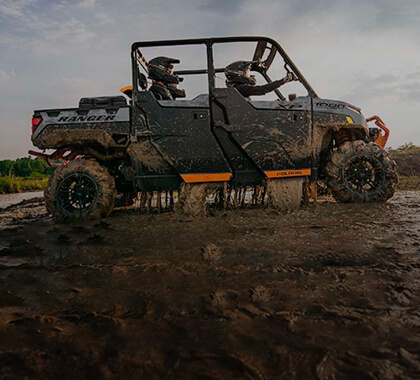If you own a Polaris Ranger, you know that it is a powerful machine that can go through almost any terrain. However, like any other vehicle, it needs maintenance from time to time. One of the most important things to look out for is the rear drive line and suspension replacement parts.
The rear drive line and suspension are crucial components of the Polaris Ranger. They allow it to move smoothly over difficult terrain, and enable it to carry heavy loads. However, they can wear out over time, which is why it is important to replace them when necessary.
If you are looking to buy Polaris Ranger rear drive line and suspension replacement parts, there are a few things you should keep in mind. First, make sure that the replacement parts are compatible with your particular model of Polaris Ranger. Not all parts are the same, and using the wrong parts can cause serious problems.
Second, look for high-quality parts that are made from durable materials. You want parts that will last a long time and can withstand the rigors of off-road driving.
Third, consider the cost of the parts. Some replacement parts can be quite expensive, while others are more affordable. You don't want to break the bank, but you also don't want to compromise on quality.
Finally, make sure that you purchase the replacement parts from a reputable dealer. There are many companies that sell Polaris Ranger parts, but not all of them are trustworthy. Look for a dealer that has a good reputation and that offers a warranty on their products.
When it comes to the different modes of the Polaris Ranger, it's important to understand the differences between turf mode and 2WD mode. Turf mode is an "open differential", which means that power is transmitted to the slipping tire when one tire slips. This can cause the Ranger to get stuck in certain situations. On the other hand, 2WD mode uses "locking differentials", which locks the differential on both rear tires so that they are pulling all the time, even if one of them is slipping. The disadvantage of this mode is that you will be dragging the inside tire when making a turn.
In conclusion, if you are looking to buy Polaris Ranger rear drive line and suspension replacement parts, make sure that you keep the above factors in mind. By doing so, you will be able to find the right parts for your vehicle and ensure that it continues to run smoothly for years to come. And if you have any questions about the Polaris Ranger driveline, drivetrain, or turf mode, don't hesitate to reach out to a trusted dealer for assistance.





